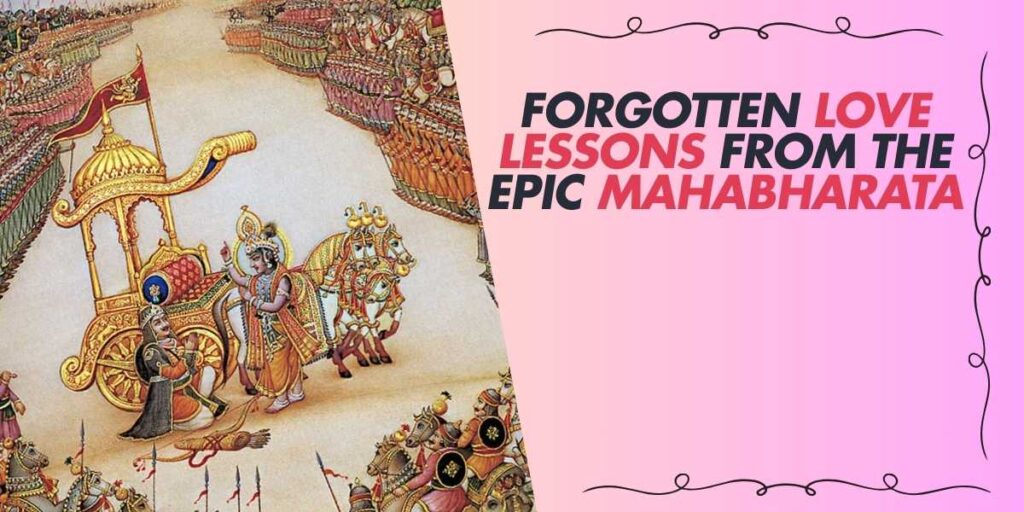The story of Ahalya and Indra is a complex narrative woven deeply into the fabric of ancient Indian mythology. It raises perplexing questions about culpability, gender dynamics, and moral principles. At the heart of this saga lies the potent question: Was it truly adultery or a more profound exploration of divine intervention and human agency?
A Tale of Deceit and Divine Intervention
According to ancient Hindu scriptures, including both the Ramayana and the Mahabharata, Ahalya was a revered figure, crafted by Lord Brahma himself. She was married to the sage Gautama, a union that promised sanctity and devotion. However, Indra, the king of gods, longing for her beauty, disguised himself as Gautama to fulfill his desires. This act of deception sets the stage for a narrative that explores themes of seduction, revelation, and consequence.
The Different Versions of the Tale
The legend of Ahalya and Indra is retold across various texts, each offering a unique perspective. In some versions, Ahalya is portrayed as a victim of deceit, while in others, her curiosity about divine allure plays a role. The Ramayana suggests that she was punished by turning into stone, awaiting redemption through Lord Rama’s grace. Meanwhile, the Mahabharata adds layers of ethical questioning and moral ambiguity, suggesting peril in questioning divine intentions.
Human Agency or Divine Manipulation?
The central debate in this story revolves around agency and culpability. Did Ahalya have the conscious ability to resist Indra, or was she merely a pawn in his godly scheme? In the textual depictions, her awareness of Indra’s disguise is contested, causing readers to ponder her level of consent. Her husband, Gautama, recognized Ahalya’s innocence, thereby placing the blame predominantly on Indra.
Social and Cultural Contexts
The allegory also highlights the societal views on women and sin. Ancient dharma-texts often depict women as naturally seductive, thus making men culturally responsible for any transgressions. By inversely aligning this with mythological narratives, where blame frequently gravitated towards women, Ahalya’s tale becomes a platform to explore gender-biased punishment. She faced isolation and penance while Indra’s misdemeanors garnered comparatively lenient repercussions.
Interestingly, comparative scholar Wendy Doniger indicates these myths do not only reflect gender dynamics but also underscore the struggle between traditional morality and individual choice, particularly striking in the contrast between the texts’ ethical reflections. Gautama’s intellectual journey acknowledges unresolved elements such as jealousy, questioning its roots in self-created illusions rather than external provocations.
The Role of Jealousy and Penitence
Jealousy features prominently as both a cause and a consequence of events. Gautama’s internal struggle with jealousy emerges as another layer of human complexity. He ultimately recognizes both his fault in jealousy and the resulting suffering it caused. This insight reflects age-old teachings where inner reflection and self-imposed penance are vital to transcendental growth.
Resonance with Contemporary Perspectives
The mythical story of Ahalya and Indra remains a fascinating example of how narratives evolve alongside societal values, mirroring ongoing dialogues around agency, gender justice, and moral responsibility. Its timeless appeal invites modern audiences to question inherited biases and re-evaluate notions of right versus wrong.
| Aspect | Ramayana | Mahabharata |
|---|---|---|
| Ahalya’s Consent | Mixed – both victim and seduced | Uncertain – presence of doubt |
| Indra’s Deception | As Gautama, deceitful | As a brahmin, curious |
| Outcome for Ahalya | Cursed to stone | Viewed as innocent |
The table above illustrates how two major texts interpret the Ahalya-Indra narrative differently, emphasizing the role ambiguity plays in mythological storytelling.
Ahalya’s resilience, even when encased in punitive silence, speaks volumes about her intangible strength. Whether viewed as transgression or transcendence, the story’s essence asks us to ponder deeply about guilt and innocence, making it endlessly relevant in historical and cultural studies.
Let not the question of culpability rest solely on cultural constructs or patriarchal dogmas. Instead, as with all myths, interpret them as vessels of deeper understanding, always eager to challenge orthodox paths and embrace the myriad hues of life’s moral landscape.
